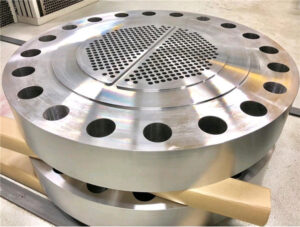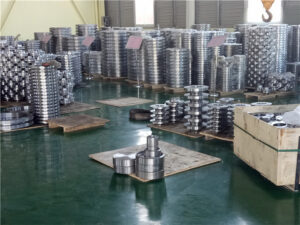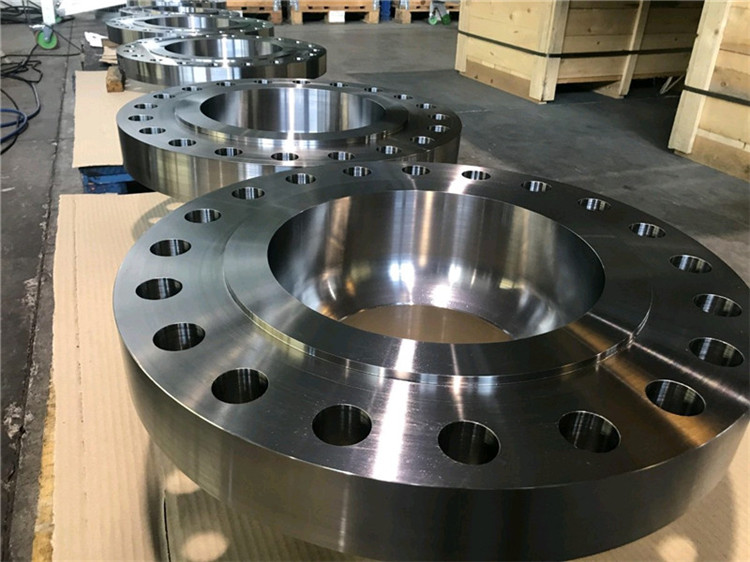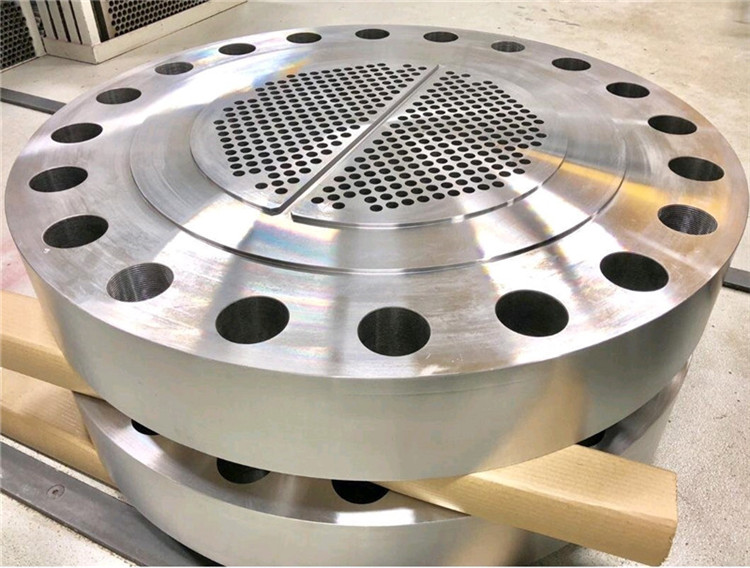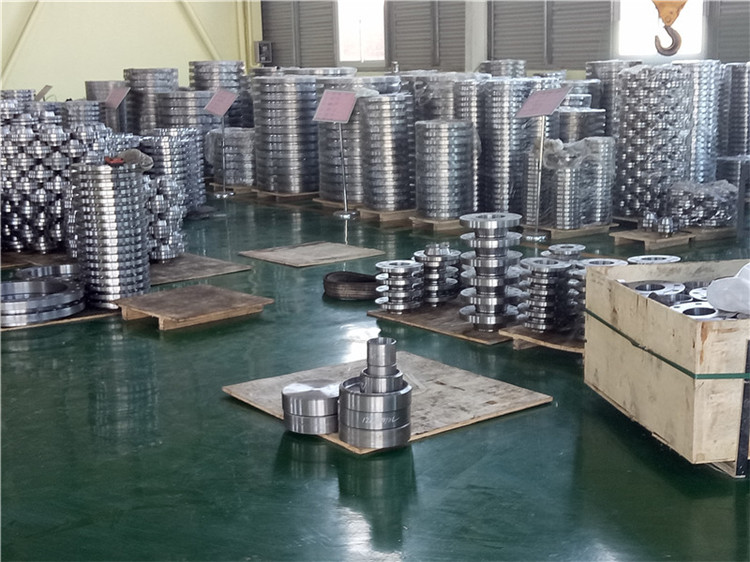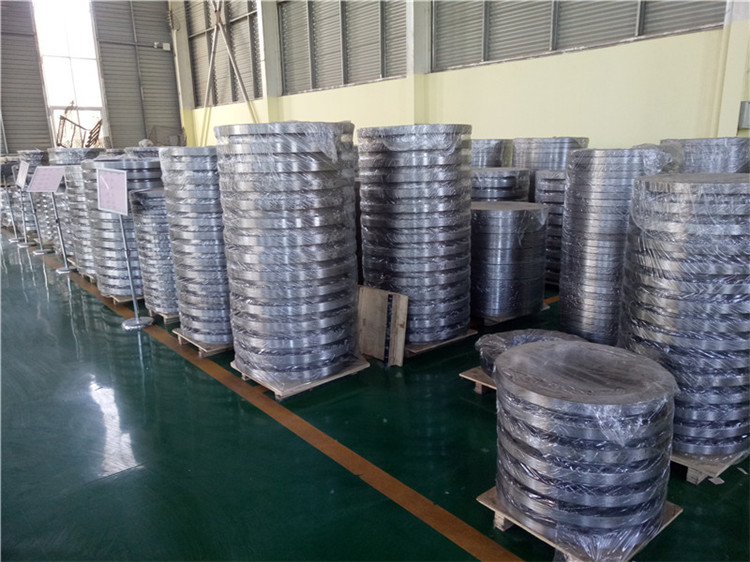As an important industrial material, alloy steel pipes play an irreplaceable role in many key fields due to their high strength, corrosion resistance, high temperature resistance and other characteristics. Its development prospects are affected by the following factors and show a positive trend overall:
- Core driving factors
Energy and chemical demand
Oil and gas extraction and transportation: Global energy demand continues to grow (especially deep-sea and shale gas development), and there is a strong demand for high-pressure and corrosion-resistant alloy steel pipes (such as X70-X100 grades).
Chemical equipment: The demand for alloy pipes (such as 316L and duplex steel) that are resistant to high temperature, high pressure and sulfur corrosion in refining, coal chemical and other industries is stable.
Power industry
Thermal power upgrade: Ultra-supercritical units need to use high-end heat-resistant alloy steel pipes such as P91/P92, and clean coal power technology in China’s “14th Five-Year Plan” will drive demand.
Nuclear power: Third-generation/fourth-generation nuclear power technology has strict requirements for nuclear-grade alloy pipes (such as 690 alloy), and the long-term market is clear.
Emerging fields
Hydrogen energy: Hydrogen pipelines need to solve the hydrogen embrittlement problem, and special alloys (such as titanium alloys and high-chromium steel) may become a new growth point.
Carbon capture (CCUS): CO₂ transport pipelines require materials that are resistant to acidic environments, and alloy steel pipes are a potential solution.
- Technology upgrade direction
Material innovation:
Develop new materials such as low-cost high-nitrogen stainless steel and super duplex steel to balance performance and price.
Nano-coating technology (such as ceramic coating) improves corrosion resistance and extends pipeline life.
Process optimization:
Continuous casting, rolling, hot extrusion and other processes improve production efficiency and reduce energy consumption.
Additive manufacturing (3D printing) is used for small-batch customization of complex structural pipes.
- Regional market opportunities
China:
“New infrastructure” promotes the construction of oil and gas pipelines (such as the West-East Gas Pipeline IV), and the domestic long-distance pipeline mileage is expected to reach 240,000 kilometers in 2025.
Domestic substitution is accelerating, and enterprises such as Baosteel and TISCO have made breakthroughs in some high-end products (such as nickel-based alloy pipes).
Overseas:
Demand for petrochemical projects in the Middle East and Southeast Asia (such as Saudi Arabia’s NEOM new city) is growing.
The replacement of old pipelines in Europe and the United States (the United States needs to replace more than 500,000 kilometers of pipelines) brings market space.



